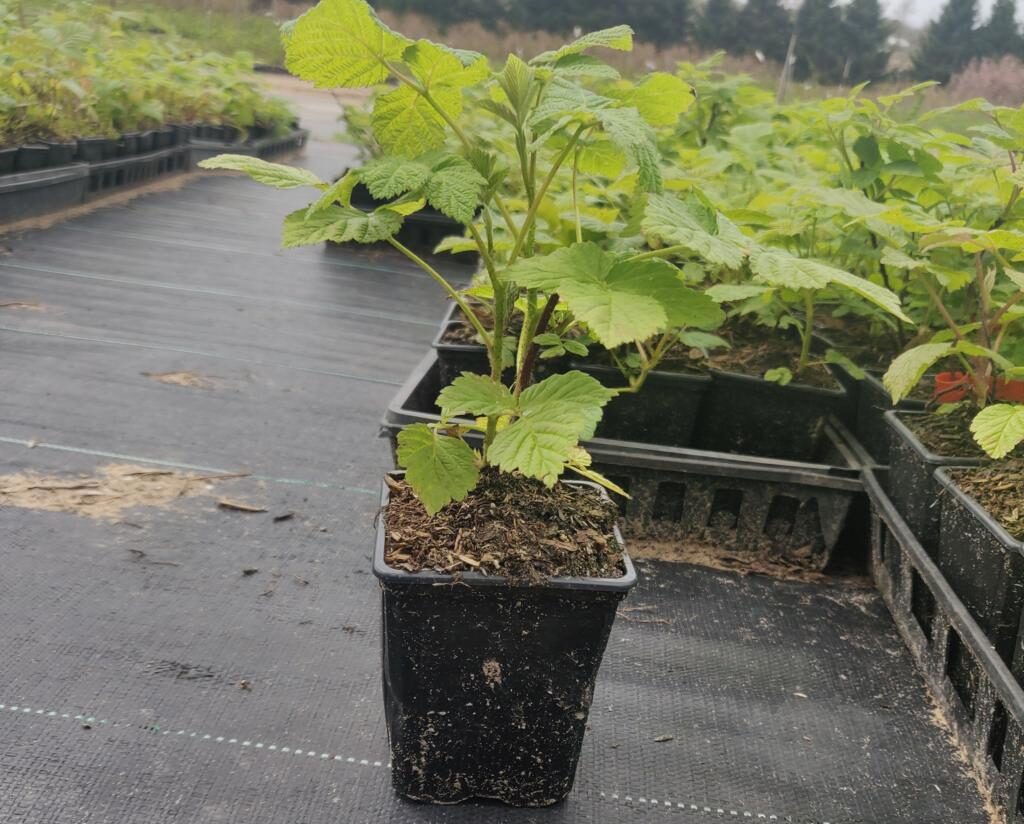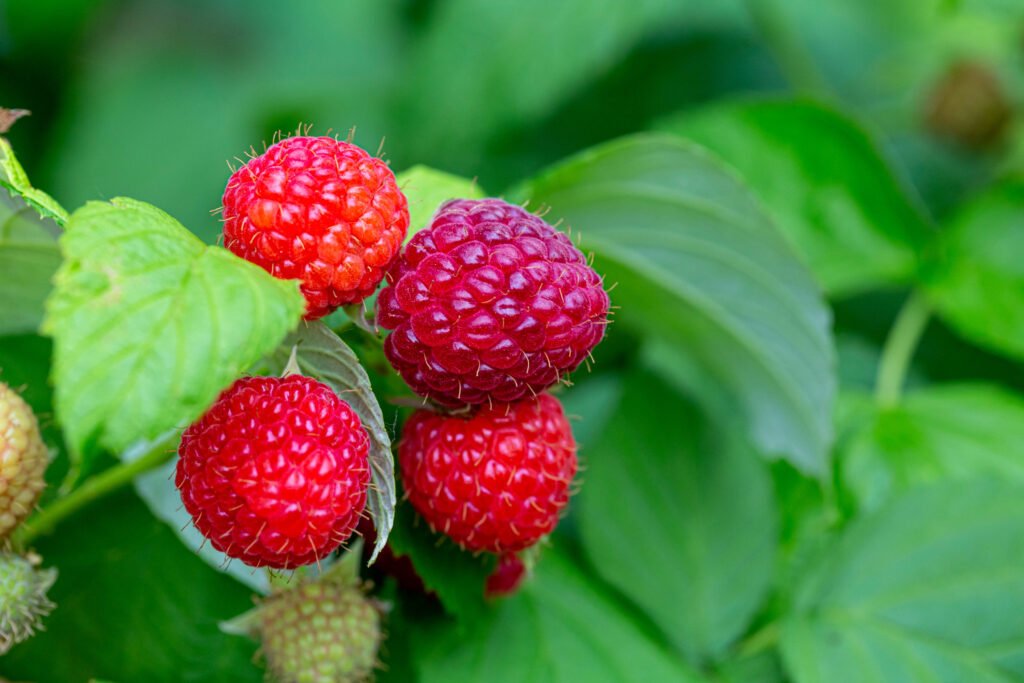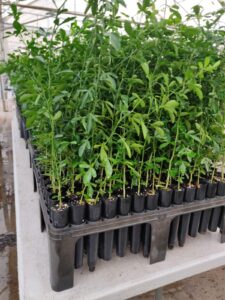Raspberry (rubus idaeus) is popular fruit known for its taste, health benefits, and cancer prevention properties. But raspberries can be challenging to grow and have a short shelf life. Whether on large or small farms, careful management of resources, workers, and finances is crucial for successful cultivation.

Raspberry cultivation in Northeast India holds immense promise and potential for the region’s agricultural landscape. With its favorable climatic conditions, abundant rainfall, and fertile soil, the region offers an ideal environment for raspberry production. The cultivation of raspberries not only presents a lucrative economic opportunity for farmers but also contributes to the diversification of crops and the overall agricultural sustainability in the region.
Before growing raspberry, factors such as their compatibility with other plants, available resources, knowledge about their cultivation process needs to be considered. It is also equally necessary to ensure good fruit quality while addressing pest control and environmental concerns.
Raspberries belong to the Rubus plant group, growing in various locations worldwide. Raspberries originated from a mountain called Mount Ida in Turkey, and have been cultivated for ages. Although red raspberries are most common, black, purple, and yellow varieties also exist.

Raspberries are predominantly grown in Russia, Europe, and North America’s west coast using machinery for harvesting and processing. However, Asian countries like India have recently experienced success cultivating raspberries in the Himalayan region especially in the Northeastern states.
Growing raspberries may present challenges but taking necessary steps, planning, ensuring proper resource management, adhering to rules, joining networks can help create thriving business
Proper Site Selection
Selecting the proper location for growing raspberries is crucial, as it influences their growth. Raspberries require ample sunlight and well-draining sandy soil rich in organic matter to become healthy plants and prevent diseases. Ideally, raspberries grow in soil with a pH of 6 to 6.5 that isn’t overly wet.
These berries do not thrive well in heavy clay soil or where crops like tomatoes, potatoes, eggplants, or strawberries were grown within the past five years. Steep slopes are not suitable either due to maintenance difficulties or erosion risk. Moderate slopes provide better air circulation and disease reduction.
Healthy Plant Propagation
There are now more raspberry plant varieties available, offering berry growers a wider selection. When choosing plants to grow, factors such as fruit size, yield, cold tolerance, ripening time and disease resistance must be considered.
Himalayan Florica have been in reputation for providing healthy raspberry plants grown in pots that are disease resistant. The type of plant you select will determine the length of your harvest season. To extend this period, consider planting a mix of early, mid and late-season ripening raspberries.

Cold-tolerant raspberry types that ripen early or mid-season are best suited for areas with short growing seasons and harsh winters. Cold tolerance rankings among raspberry types are: red raspberries (highest), purple raspberries, black raspberries and blackberries (lowest). Note that black raspberry stems along with most purple and black ones can be damaged or die at temperatures below 5° Fahrenheit.
Pests Control
Anthropods in raspberry plants can be helpful, harmless, or harmful. Helpful ones include pollinators and predators, transient fly species are harmless while tarnished plant bugs can cause damage to the plants.
Harmful bugs and mites attack various parts of the raspberry plant and spread disease. Damaged plants become more vulnerable to other pests and problems. Growers should aim to minimize damage from these harmful insects while protecting beneficial ones.
Cultural controls are preferred over pesticides for effective pest management. For optimal results, growers should consult their local extension personnel for advice on pest control strategies.
Weed Management
Weed control is essential for successful berry growth and demands significant attention from growers. Proper management of weeds ensures easier nutrient and pest control, smoother harvesting, and increased berry production. This is especially crucial during the first year of planting, as it promotes healthy plant development and simplifies weed prevention in subsequent years.
There are four recommended strategies for managing weeds in raspberry fields:
- Eliminate perennial weeds one year before planting.
- Maintain a well-mowed area around the field to prevent weed seed intrusion.
- Utilize tools, mulch, and selective herbicides during the first year to inhibit weed growth.
- Promptly remove any emerging weeds before they produce seeds.
Reducing weed presence leads to fewer insect issues and diseases while creating a favourable environment for raspberry cultivation.
Raspberries are highly sought after in domestic and international markets due to their nutritional value and unique flavor profile. As farmers embrace raspberry cultivation, it is crucial to provide them with adequate training, access to improved varieties, and robust infrastructure for post-harvest handling and market linkages. By harnessing the inherent advantages of the region and adopting modern cultivation practices, Northeast India can establish itself as a significant player in the raspberry industry, driving economic growth and improving the livelihoods of its farmers.


